As we enter my Top 30, we get to the transition from 4 star movies to 4 1/2 star movies, and that transition takes place right at the documentaries, which anchor my 4 1/2 star movies. I admit it, I prefer narrative features to most docs. Every once in a while, a doc comes along to simply blow me away (Stories We Tell, The Gleaners & I, Protagonist, Honeyland) but those are few and far between. This is also a very U.S. heavy segment, with only one non-domestic film represented, from Hungary
#30 – The World to Come, directed by Mona Fastvold (USA) – It’s only natural to compare Mona Fastvold’s sophomore narrative directorial effort, THE WORLD TO COME to the other recent historical, forbidden love flick, PORTRAIT OF A LADY ON FIRE, and there are worse comparisons. But while the two woman in PORTRAIT explore the gaze, Abigail and Tallie’s connection is more cerebral… although there’s plenty of gaze there as well.
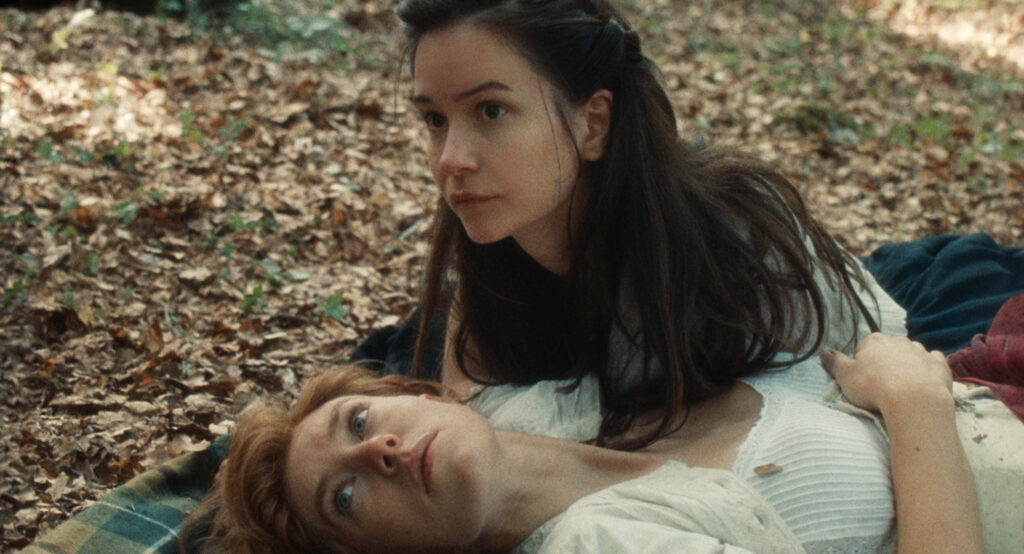
This 19th century tale finds Abigail running a farm with her husband Dyer, struggling through a harsh upstate New York winter after losing their only child to diphtheria. Her grief is overwhelming, and she writes about it in her journal with a lyricism that betrays her hunger for knowledge. When new neighbors, Tallie and Finney move in the two woman turn to each other in their loneliness. Abigail’s language and knowledge turn her inward, while Tallie moves through life like a flower, straining for the sun, reaching for the breeze, her entire body vibrating with tactile awareness, even as her agile mind responds to Abigail’s intellect. Ultimately the cruelty and power of men leads this story to an expected conclusion, but the time Fastvold spends drawing these two women out to become who they were meant to be is beautiful and revelatory. As portrayed by Katherine Waterston and Vanessa Kirby, the two women become real as individuals, but also real as symbols of womanhood in a time when women had little agency or control of their lives. Their chemistry is lovely.
#29 – Dimland, directed by Peter Collins Campbell (USA) – For his feature directorial debut, music video director Peter Campbell chose a quiet, fantastical tale that could be looked at as the perils of nostalgia, the difficult transition from childhood to adulthood, or the way we deal with mental illness, depending on how deep you want to look. Brynn is a young woman out of sorts. Slightly depressed, she seeks a change of scenery, so she and her boyfriend, Laika, head out to the woods to stay in a family cottage and recharge. When they arrive, Brynn is dismayed to find the cottage recently-renovated into a fancy vacation home for the AirBnB crowd. Yet as they settle in, she finds that not everything has changed, and a dear friend from her childhood comes a calling. Brynn doesn’t recognize the oddly named Rue at first, as he is bundled in winter clothes and his face is concealed with an odd, wooden mask. Laika things Rue is awfully strange, but Brynn starts to remember him from her childhood and begins o spend more and more time with him, until it becomes clear that Rue is not simply a childhood friend, and Brynn is in danger of losing herself to another world.
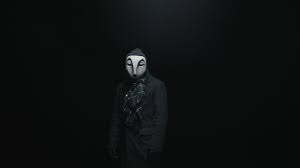
DIMLAND is a fairly straight-forward, yet spiritual look at a fragile woman’s psyche, and the challenges she and many of us face in dealing with the transitioning responsibilities of adulthood. While Brynn may be suffering some deeper mental illness, DIMLAND was reminiscent to one of my favorite recent films, ANNE AT 13,000 FT. in the way it doesn’t seek to paint their lead characters as victims, nor as sources of unwarranted sympathies, but shoes the challenges their mental states pose to those around them. The acting in DIMLAND is quite strong, particularly Martha Brown as Brynn, and Nate Wise, who adopts a somewhat otherworldly voice, and odd shamble as Rue.The settings beautiful, with misty woods and rolling hills, but the strongest part of this thoughtful debut is certainly Campbell’s script.
#28 – Preparations to Stay Together for an Unknown Period of Time, directed by
Lili Horvát (Hungary) – As I play clean-up to this year’s batch of Chlotrudis nominations, I’m always thrilled when I stumble across one that I missed, that if I had seen, I would have nominated! Such is the case of Lili Horvát’s Hungarian drama/romance, PREPARATIONS TO BE TOGETHER FOR AN UNKNOWN PERIOD OF TIME. Anchored by a remarkable performance by Nastasa Stork, our heroine may or may not be somewhat delusional. A native-born Hungarian working in the U.S. as a neurosurgeon, Marta meets and is drawn to Janós (Viktor Bodó) a fellow doctor at a conference. While she claims that it wasn’t quite love, it was enough to cause her to give up her glitzy job in the U.S. and return to Hungary where the two said they would reunite a month later by a particular bridge. When she finally finds him, not quite at the appointed time or place, he claims never to have seen her before. Whether the world is a little off, or Marta is doesn’t really matter in the grand scheme of things, and in the end, we are never really certain, but it’s fascinating to watch Marta’s cool response to the curveballs her life throws at her, rebuilding a life in Hungary while trying to win Janós back to her (or possibly win him over for the first time?)
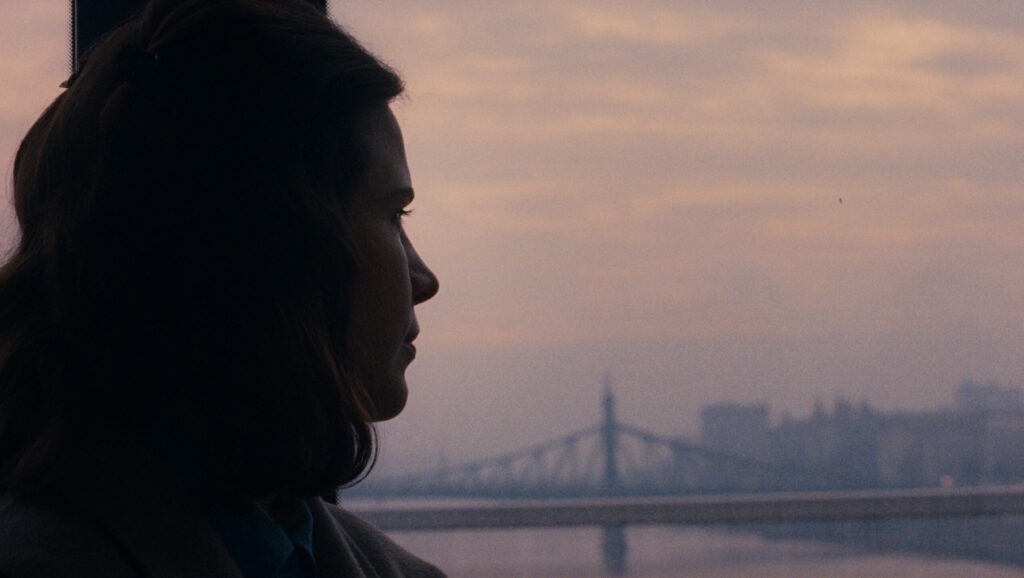
I love the fact that Marta is a highly-skilled neurosurgeon, and that we also question her mental faculties as she struggles with possible delusions, or obsessions. I also love a film where you’re not really sure if things are happening in reality as they appear, or if things are skewed by the main character’s post of view. Horvát’s screenplay does that adroitly, and never swings too far in either direction. If I had seen this film before nomination time, I would have also nominated it for Best Actress, Best Cinematography, Best Editing, and possibly Best Movie. A real winner.
#27 – The Velvet Underground, directed by Todd Haynes (USA) – I loved this documentary. It took a subject I new relatively little about, and structured it like an indie, art-house film with talking heads, clips past performances, still images, and more to create a collage of a band, a movement, and a place in the late 60’s/early 70’s. Ostensibly this documentary told the story of legendary avant-garde rock band The Velvet Underground, known for its inclusion of Lou Reed, John Cale, and Nico. What I didn’t know was how instrumental Andy Warhol and his Factory were responsible for the launch of the band (or that they had a female drummer!) Nor was a terribly familiar with their music, other than the fact that the original version of Sweet Jane was from them. Their music intrigued me, as did their larger-than-life, diverging personalities. Haynes focuses on Reed’s and Cale’s childhoods to start, thereby painting a revealing picture of the time and what made them into the men they became.
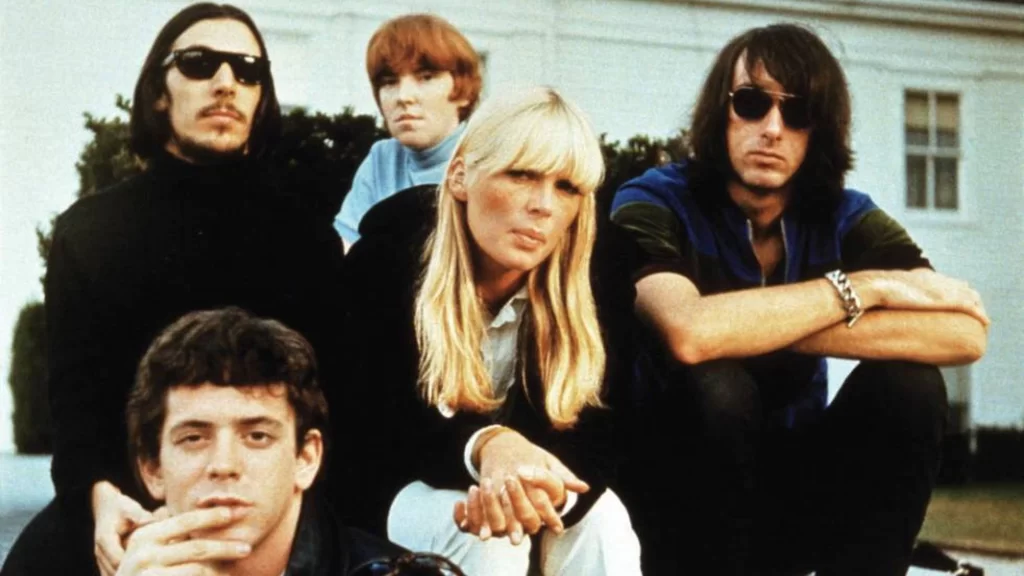
The fascinating Nico swept into and out of the documentary, much the way she did the band. I was also fascinated by the deliberate placement of this art/rock crowd as distinctly anti-hippy despite their concurrent development. It was an outlook I had never thought about among the youth of the late 60’s. It’s not surprising that THE VELVET UNDERGROUND turned out to be such a compelling and fascinating film given its writer/director. Todd Haynes has already shown an interest in the music of a near time with his narrative feature VELVET GOLDMINE.
#26 – Wojnarowicz: F**k You F*ggot F**ker, directed by Chris McKim (USA) – Queer 80’s artist David Wojnarowicz was a contemporary of Robert Mapplethorpe and Keith Haring, but with a decidedly different outlook and more in-your-face attitude. Documentaries about art are not really my thing, but WOJNAROWICZ is an exception: a very well-made documentary that actually caught and held my attention, and made me ponder things beyond the scope of the film. Oh, and did I neglect to mention? The full title of this doc is WOJNAROWICZ: F**K YOU F*GGOT F**KER, which should give you a clue as to the temperament of the film’s subject. Born in New Jersey, and physically abused by his father, Wojnarowicz fled to Manhattan as a teen and hustled to make money. From this rough background, he emerged as an American painter, photographer, writer, filmmaker, performance artist, songwriter/recording artist and AIDS activist prominent in the East Village art scene. Sadly, like so many men in the 80’s, he died of complications due to the AIDS virus in 1992.
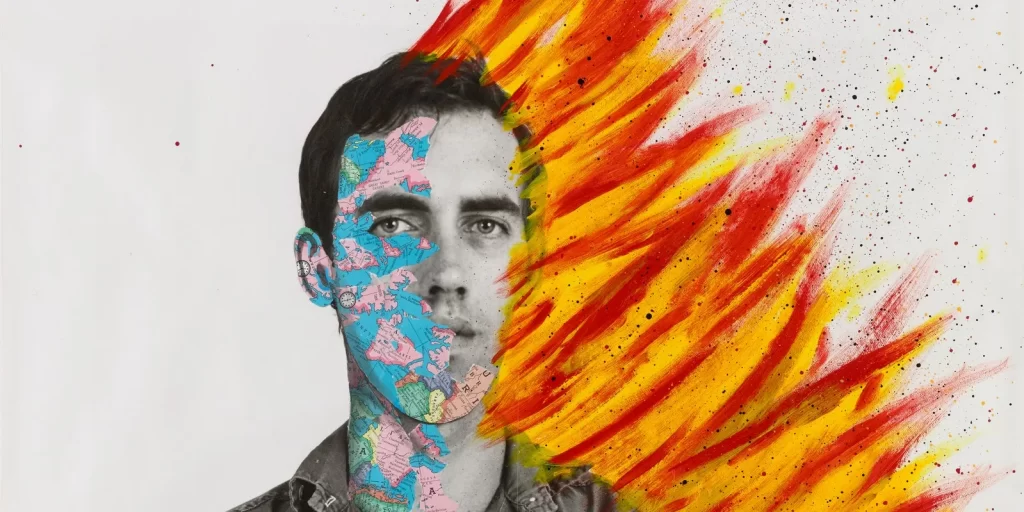
Filmmaker Chris McKim was able to sidestep the whole talking head form of doc because David documented much of his life on audiotape, both himself and his conversations with others. By marrying images of David’s artwork, and archival footage of New York in the 80’s with David’s recorded ruminations and conversations, you really got to know that scene and the artist. Interviews with gallery owners, other artists, and friends of David’s and just using the audio over older footage maintained the tone and style of the film successfully.
Two things truly resonated with me. First was the inherent dichotomy that David wrestled with where he was driven to get his art out there, and wanted it to be seen, but he loathed rich people, and the more well-known he became, the more he struggled with his success. He certainly appreciated not having to scrounge for his next meal, and his artwork benefitted from a stable home, but there was a part of him that was angry that it was all beholden to the wealthy. I was also struck by how this doc told a portrait of a young man who came of age in a radically different way than I did, due to his background and where he spent his teens and twenties, and it struck me how much environment, especially as a gay man coming of age in the 80’s, really shapes your personality. It also made me think quite about about Bruce’s life in Manhattan during the 1980’s. It’s been at least two weeks since I watched the film and it’s still lodged firmly in my brain. That’s the sign of a good documentary, how it makes you ponder your own life and the world around you. In that, and in many other ways, WOJNAROWICZ: F**K YOU F*GGOT F**KER was a big success.
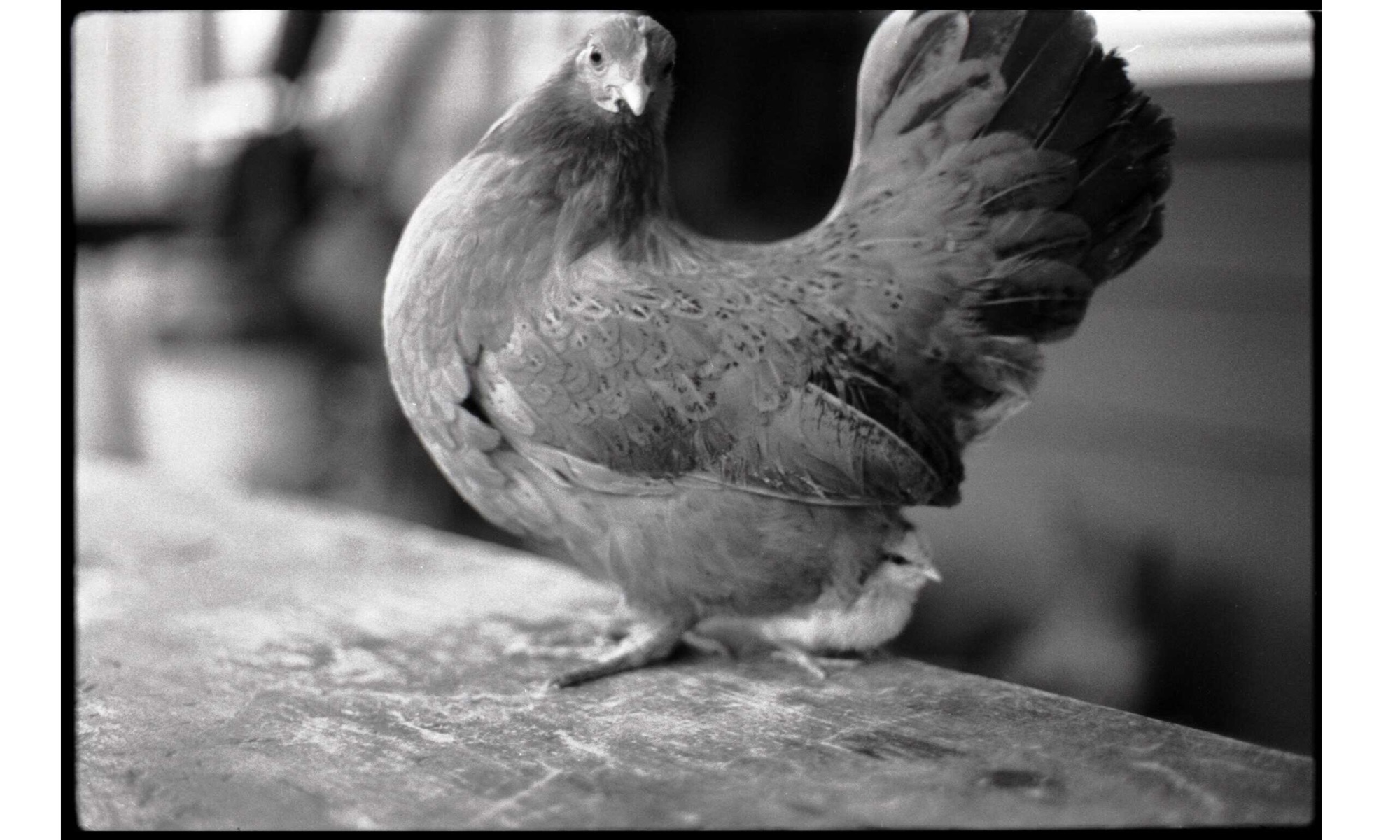
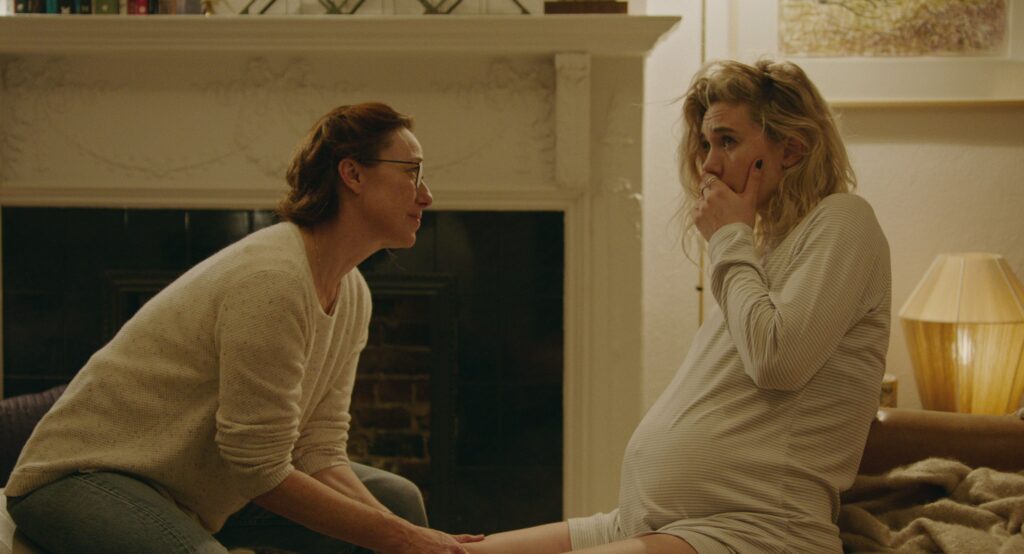
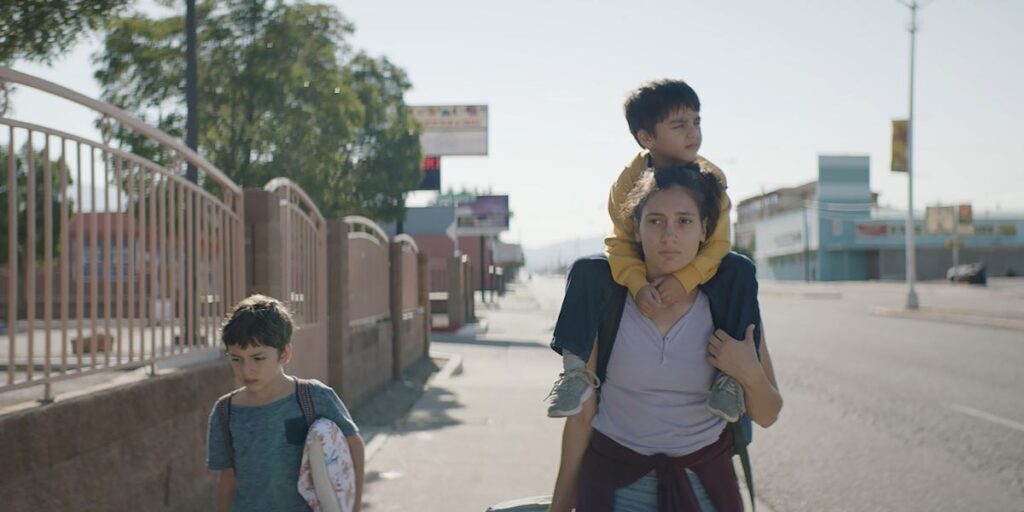
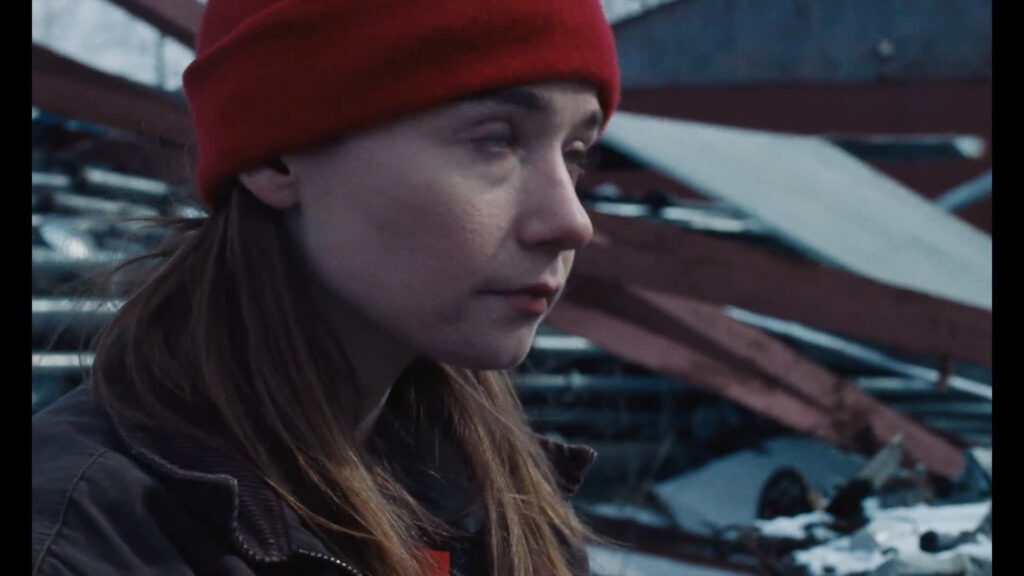
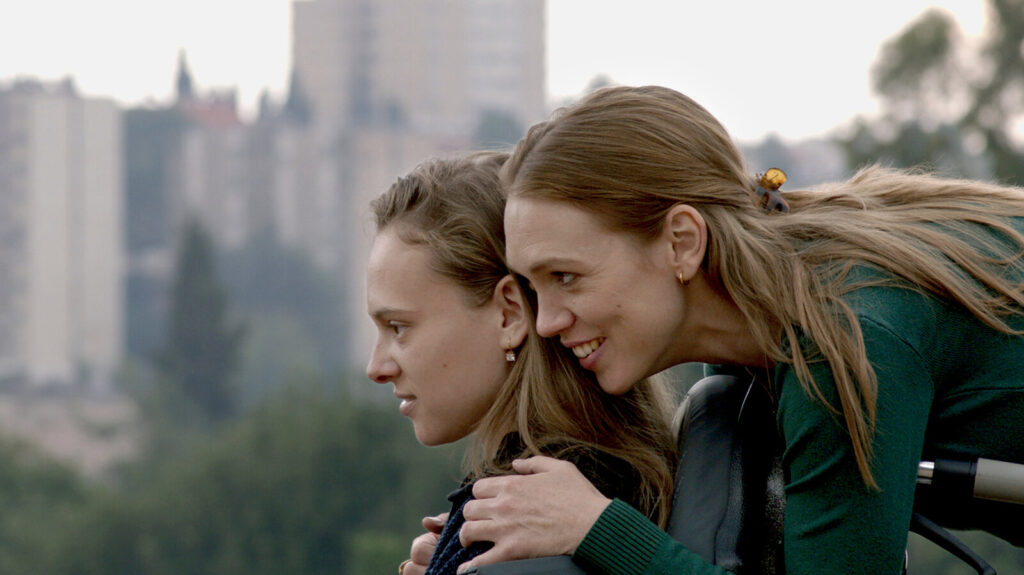
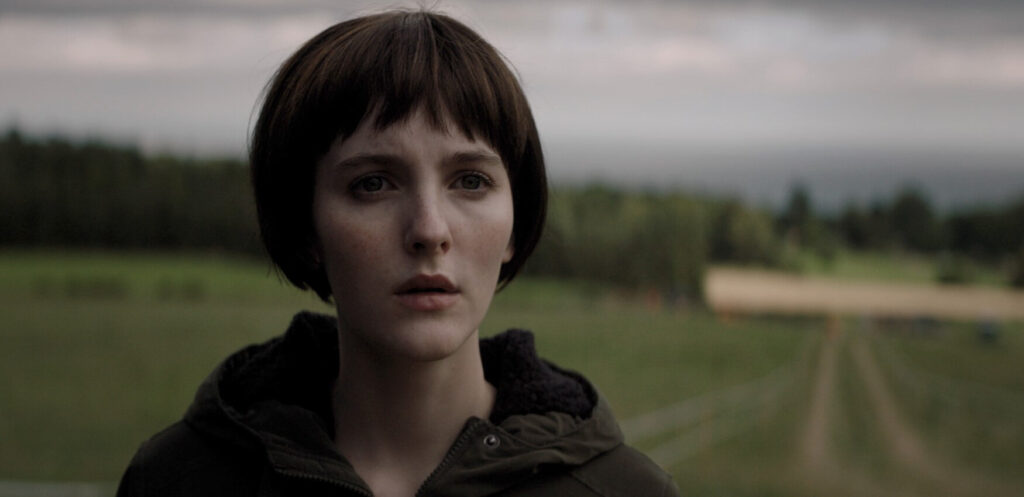
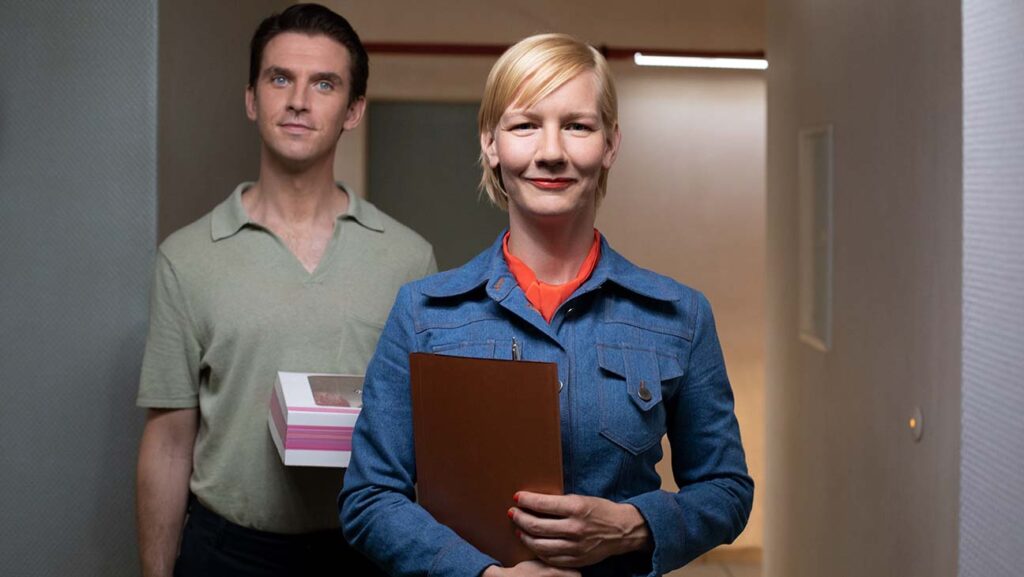
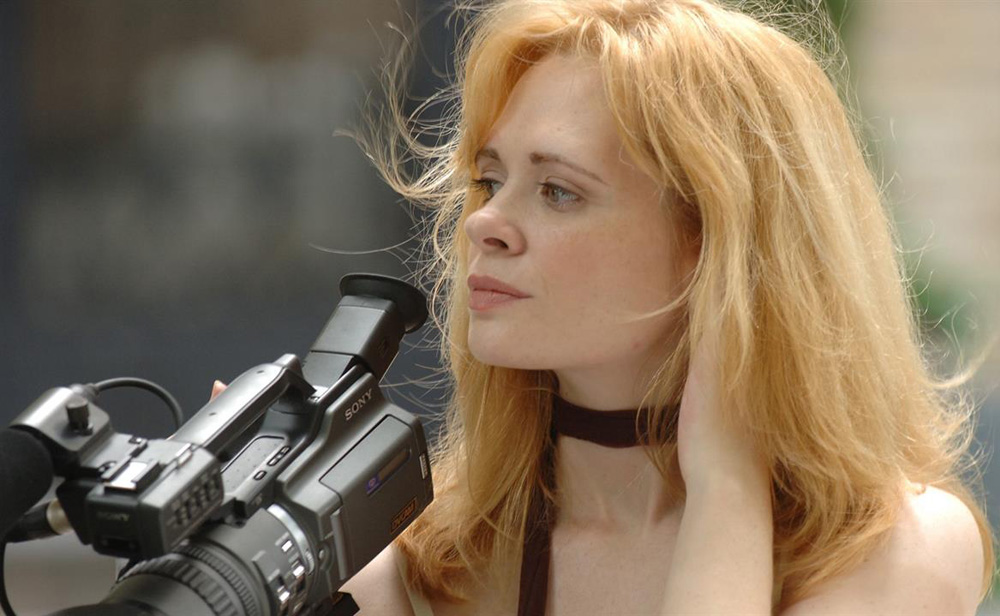
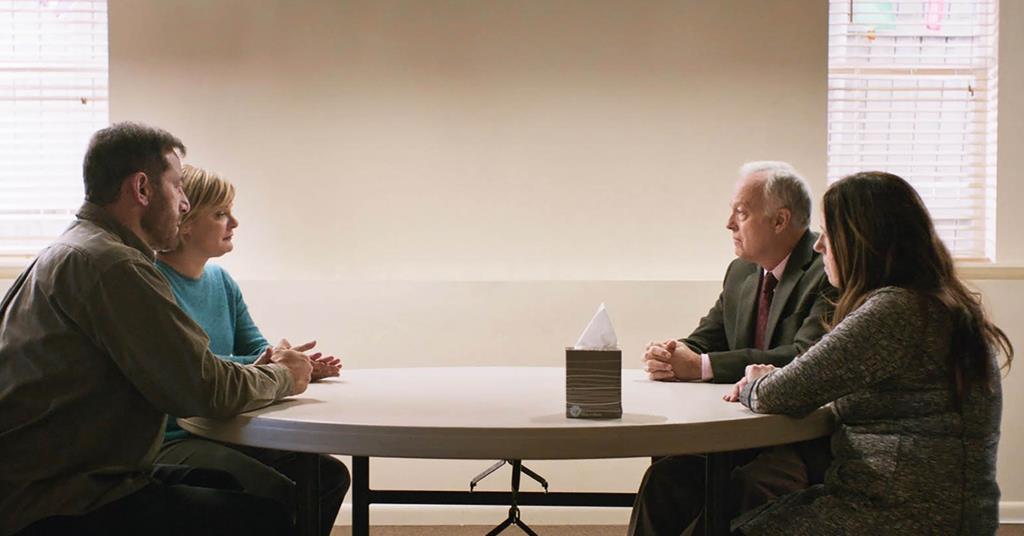
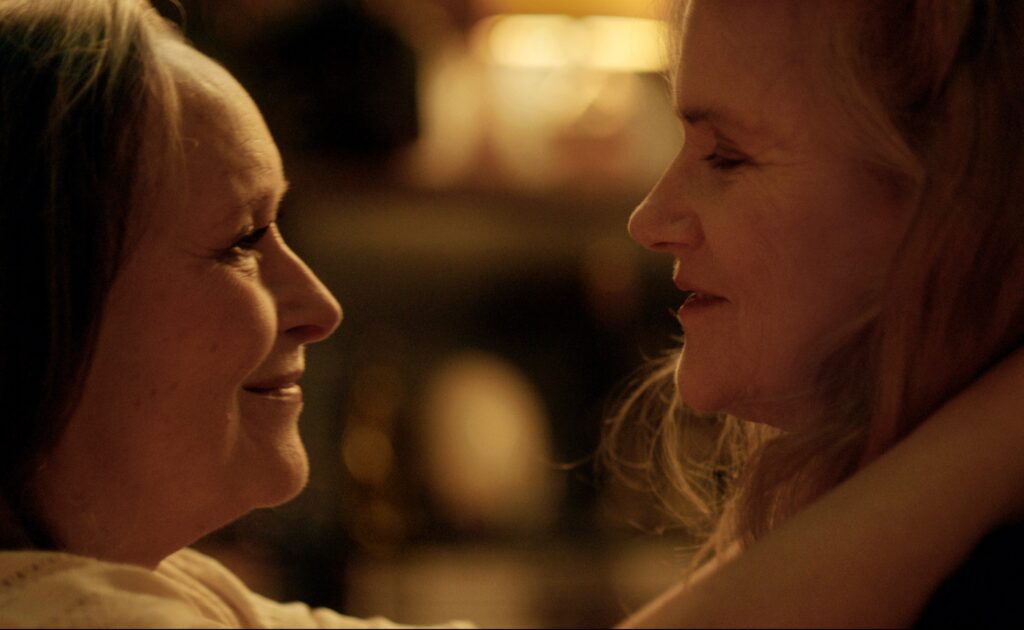

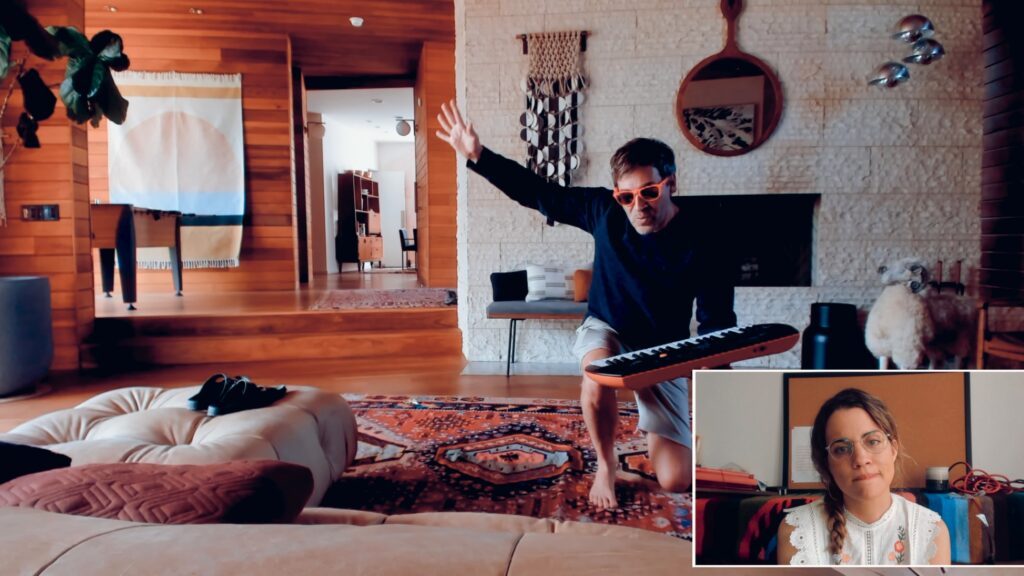
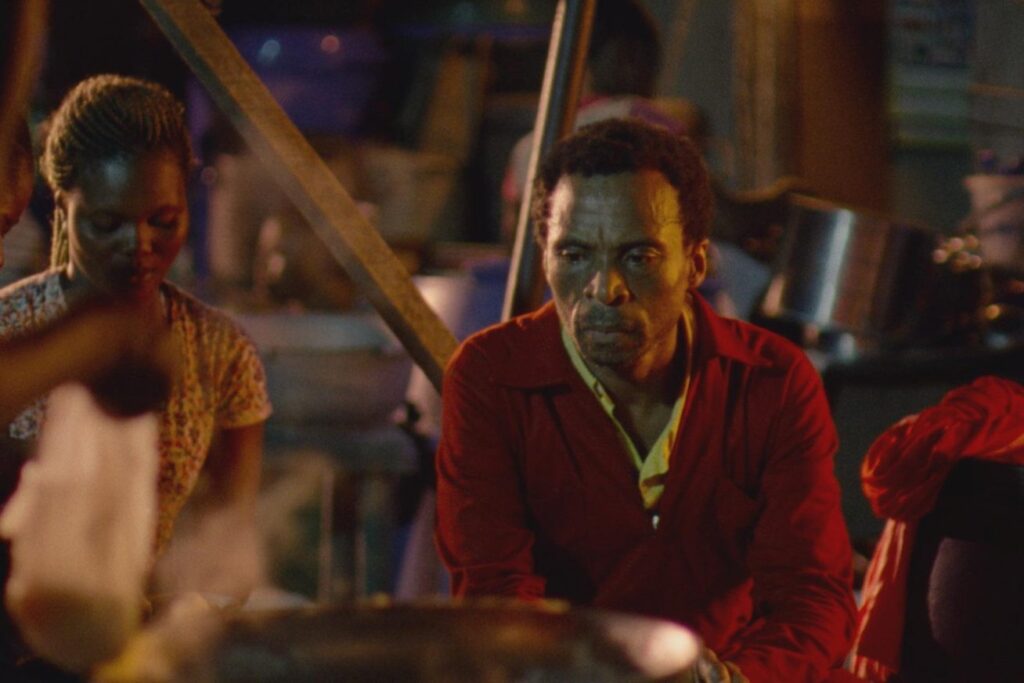
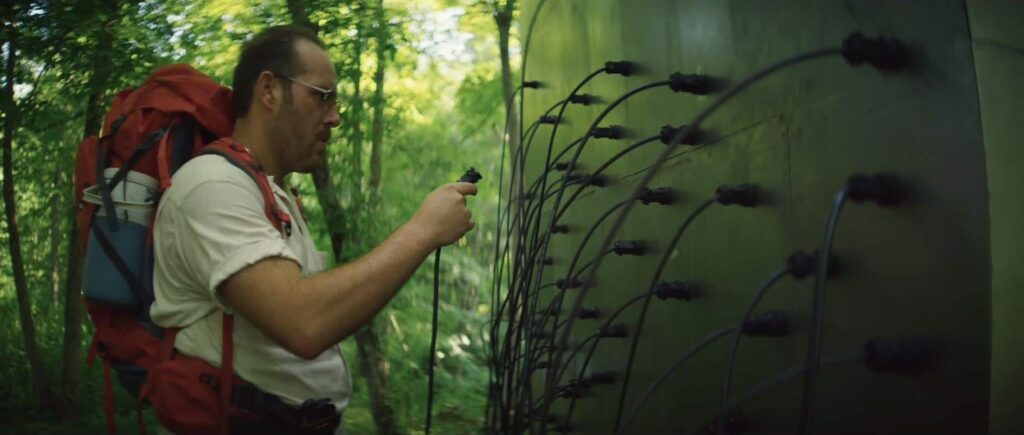
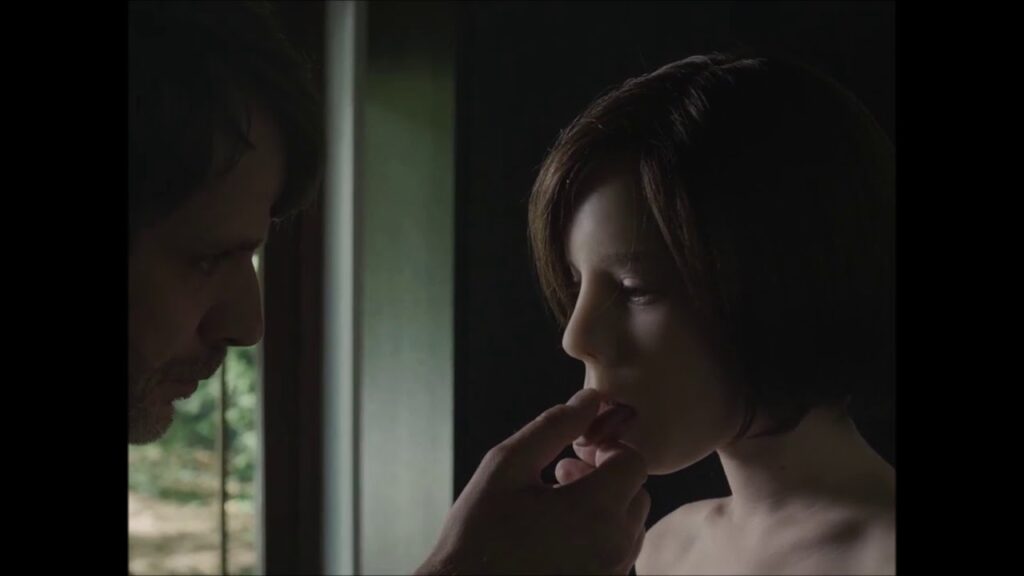
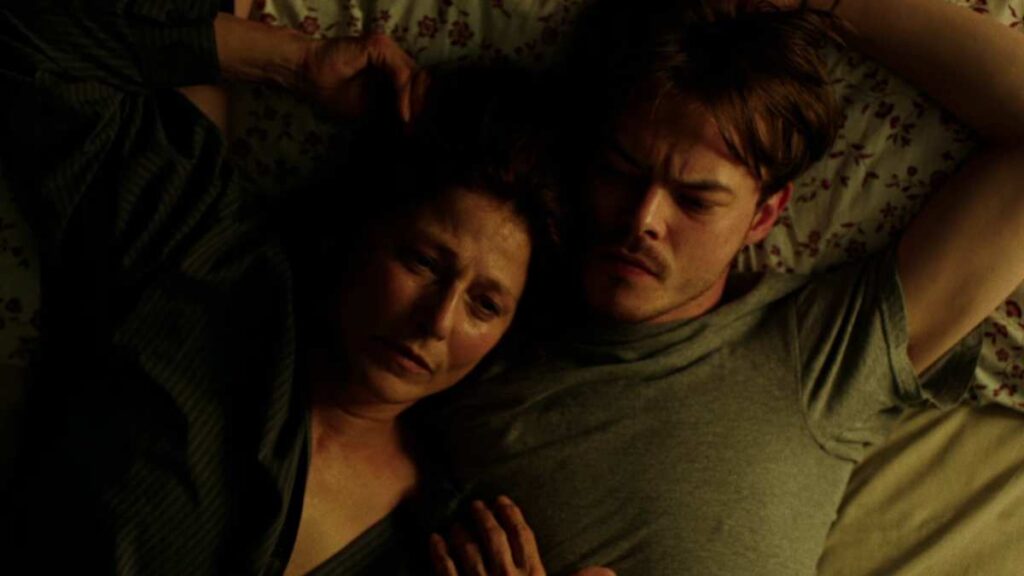
 #61 – Beans, directed by Tracey Deer – Quebecois coming-of-age film set during the Oka Crisis, the turbulent Indigenous uprising that tore Quebec and Canada apart for 78 tense days in the summer of 1990. It was certainly a dark moment in Canadian history, and the archival footage director Deer weaves into the narrative film is incredibly effective to tell this horrifically fraught tale. The coming-of-age story, centering on a 12-year-old girl whose Mohawk name is difficult to pronounce, so everyone calls her Beans, is slightly less successful, although makes for a nice humanistic touchstone while the racial prejudice threatens to smother everything around it.
#61 – Beans, directed by Tracey Deer – Quebecois coming-of-age film set during the Oka Crisis, the turbulent Indigenous uprising that tore Quebec and Canada apart for 78 tense days in the summer of 1990. It was certainly a dark moment in Canadian history, and the archival footage director Deer weaves into the narrative film is incredibly effective to tell this horrifically fraught tale. The coming-of-age story, centering on a 12-year-old girl whose Mohawk name is difficult to pronounce, so everyone calls her Beans, is slightly less successful, although makes for a nice humanistic touchstone while the racial prejudice threatens to smother everything around it.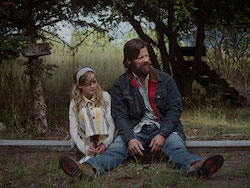 #60 – Cowboys, directed by Anna Kerrigan – There was something about this modern-day western that is also a domestic drama, and a social commentary about gender, that really worked for me. Writer/director Anna Kerrigan hits all the expected tropes then upends them a bit, making them all that more real, and effective. Recently separated from his wife, Troy (Steve Zahn), who is treated for an unspecified mental illness after spending a couple of years in prison, runs off with his trans son, Joe, heading through the Montana wilderness in hopes of crossing the border into Canada. His ex-wife (Jillian Bell) refused to acknowledge their son’s gender, which was causing Joe great amounts of confusion and discomfort. The local law, in the form of a Detective named Faith (Ann Dowd), leads the effort to track them down. When Troy’s medication is lost in the woods, everything grows more complicated.
#60 – Cowboys, directed by Anna Kerrigan – There was something about this modern-day western that is also a domestic drama, and a social commentary about gender, that really worked for me. Writer/director Anna Kerrigan hits all the expected tropes then upends them a bit, making them all that more real, and effective. Recently separated from his wife, Troy (Steve Zahn), who is treated for an unspecified mental illness after spending a couple of years in prison, runs off with his trans son, Joe, heading through the Montana wilderness in hopes of crossing the border into Canada. His ex-wife (Jillian Bell) refused to acknowledge their son’s gender, which was causing Joe great amounts of confusion and discomfort. The local law, in the form of a Detective named Faith (Ann Dowd), leads the effort to track them down. When Troy’s medication is lost in the woods, everything grows more complicated.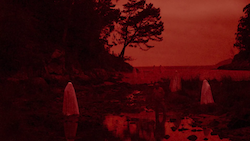 #59 – Red Moon Tide, directed by Lois Patiño – The Galacian coast in Spain featured in RED MOON TIDE is wild and beautiful, and provides a dark and mythic backdrop for this unique film written and directed by Lois Patiño. This haunting tale is told with an unnerving combination of staged, static shots… on landscapes, groups of people, people alone, mostly still, like mannequins staged for some sort of macabre exhibition, and voiceover, presumably the inner monologues of the frozen townsfolk in tableaux. They are ruminating about a fisherman, Rubio, who is convinced a massive creature is lurking in the depths of the ocean, hunting the shores of the town, as he discovers more and more corpses at sea. He retrieves the corpses to bring the villagers back home, but now his ship has run aground and he himself is among the missing. Along with Rubio, it seems the spirits of the villagers have fled as well, leaving only their bodies… immobile, waiting… for what, we are not sure.
#59 – Red Moon Tide, directed by Lois Patiño – The Galacian coast in Spain featured in RED MOON TIDE is wild and beautiful, and provides a dark and mythic backdrop for this unique film written and directed by Lois Patiño. This haunting tale is told with an unnerving combination of staged, static shots… on landscapes, groups of people, people alone, mostly still, like mannequins staged for some sort of macabre exhibition, and voiceover, presumably the inner monologues of the frozen townsfolk in tableaux. They are ruminating about a fisherman, Rubio, who is convinced a massive creature is lurking in the depths of the ocean, hunting the shores of the town, as he discovers more and more corpses at sea. He retrieves the corpses to bring the villagers back home, but now his ship has run aground and he himself is among the missing. Along with Rubio, it seems the spirits of the villagers have fled as well, leaving only their bodies… immobile, waiting… for what, we are not sure. #58 – Perfumes, directed by Grégory Magne – There’s nothing all that unique about this French comedy, but it’s quite noteworthy, and enjoyable, because it really does everything right. Guillaume (Grégory Montel) is a chauffeur, whose recent traffic violations are making his boss reluctant to use him on jobs. Going through a divorce, Guillaume needs a steady income in order to get a larger home so he can share custody of his daughter, who he adores, so his boss lets him take a client who is known to be difficult. Anne Wallberg (Emmanuelle Devos) is a former celebrity in the perfume world. but she has fallen out of favor and now takes jobs set up by her agent that take advantage of her ‘nose,’ a discerning sense of scents, to mask the smell of a odor-belching factory, or replicate the smell of a fine leather handbag for atmosphere. Anne is soft-spoken, but arrogant and with high expectations, treating Guillaume more as a personal valet than a driver. Their evolving relationship forms the core of the film.
#58 – Perfumes, directed by Grégory Magne – There’s nothing all that unique about this French comedy, but it’s quite noteworthy, and enjoyable, because it really does everything right. Guillaume (Grégory Montel) is a chauffeur, whose recent traffic violations are making his boss reluctant to use him on jobs. Going through a divorce, Guillaume needs a steady income in order to get a larger home so he can share custody of his daughter, who he adores, so his boss lets him take a client who is known to be difficult. Anne Wallberg (Emmanuelle Devos) is a former celebrity in the perfume world. but she has fallen out of favor and now takes jobs set up by her agent that take advantage of her ‘nose,’ a discerning sense of scents, to mask the smell of a odor-belching factory, or replicate the smell of a fine leather handbag for atmosphere. Anne is soft-spoken, but arrogant and with high expectations, treating Guillaume more as a personal valet than a driver. Their evolving relationship forms the core of the film.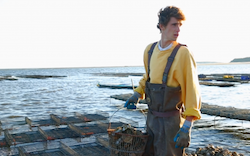 #57 – Fish & Men, directed by Adam Jones and Darby Duffin – Filmmakers do a great job weaving multiple narratives into a cohesive story about the fishing industry from ocean to plate. From Gloucester, MA to Norway, Japan, Montauk NY, Washington DC, Wellfleet, and Los Angeles, this documentary manages to cover a lot of ground and a lot of fascinating, related subjects.
#57 – Fish & Men, directed by Adam Jones and Darby Duffin – Filmmakers do a great job weaving multiple narratives into a cohesive story about the fishing industry from ocean to plate. From Gloucester, MA to Norway, Japan, Montauk NY, Washington DC, Wellfleet, and Los Angeles, this documentary manages to cover a lot of ground and a lot of fascinating, related subjects. #56 – I Was A Simple Man, directed by Christopher Makoto Yogi – One of the many great films exploring grief that I enjoyed last year, this film follows Masao on his gradual journey from life to death. Much of that journey takes place in the form of memory, but like UNCLE BOONMEE WHO CAN RECALL HIS PAST LIVES, Masao is also visited by his beloved wife who died years before and sits with him as he loses touch with his life. Masao led a life of isolation, so it’s also difficult for the family he is leaving behind who now find themselves called upon to help out as his body starts to shut down. While Masao and much of his family live on the Hawaiian island of Oahu, they live on opposite sides, and one son lives on the mainland. It falls upon one of his grandsons, Gavin, to take care of him during his final days. Gavin is perplexed by this situation as he never really knew Masao very well when he was alive, and his rural way of life differs greatly from big city life in Honolulu. Masao barely registers Gavin’s presence, lost as he is in his memories, and preparing for his journey.
#56 – I Was A Simple Man, directed by Christopher Makoto Yogi – One of the many great films exploring grief that I enjoyed last year, this film follows Masao on his gradual journey from life to death. Much of that journey takes place in the form of memory, but like UNCLE BOONMEE WHO CAN RECALL HIS PAST LIVES, Masao is also visited by his beloved wife who died years before and sits with him as he loses touch with his life. Masao led a life of isolation, so it’s also difficult for the family he is leaving behind who now find themselves called upon to help out as his body starts to shut down. While Masao and much of his family live on the Hawaiian island of Oahu, they live on opposite sides, and one son lives on the mainland. It falls upon one of his grandsons, Gavin, to take care of him during his final days. Gavin is perplexed by this situation as he never really knew Masao very well when he was alive, and his rural way of life differs greatly from big city life in Honolulu. Masao barely registers Gavin’s presence, lost as he is in his memories, and preparing for his journey.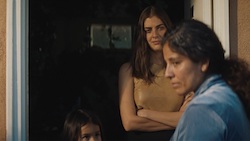 #55 – Ayar, directed by Floyd Russ – This experimental film blends the real life stories of the actors involved, with a fictional narrative about three generations of immigrant women exploring complex mother/daughter relationships and the difficult choices that they face. Ayar wants to attend her daughter’s fifth birthday party. She gets a cake, a balloon, and heads over to her mother’s home where the party is underway. When she arrives, Ayar’s mother, Renata tells her family to take the girl inside, while she confronts her daughter, telling her to leave. It turns out that Ayar left her daughter in Renata’s care five years ago when she headed to Vegas with a man who wanted to make her a singing star. It’s a tense, emotional confrontation, made all the more charged because of the COVID-19 pandemic the characters are dealing with. Most interestingly, the film features brief sequences when the two lead actresses are interviewed about their own life experiences and how some version of their lives ended up becoming the basis for the film’s narrative. This melange of family drama, pandemic horror story, and behind-the-scenes making of a film documentary come together to create something unique and compelling.
#55 – Ayar, directed by Floyd Russ – This experimental film blends the real life stories of the actors involved, with a fictional narrative about three generations of immigrant women exploring complex mother/daughter relationships and the difficult choices that they face. Ayar wants to attend her daughter’s fifth birthday party. She gets a cake, a balloon, and heads over to her mother’s home where the party is underway. When she arrives, Ayar’s mother, Renata tells her family to take the girl inside, while she confronts her daughter, telling her to leave. It turns out that Ayar left her daughter in Renata’s care five years ago when she headed to Vegas with a man who wanted to make her a singing star. It’s a tense, emotional confrontation, made all the more charged because of the COVID-19 pandemic the characters are dealing with. Most interestingly, the film features brief sequences when the two lead actresses are interviewed about their own life experiences and how some version of their lives ended up becoming the basis for the film’s narrative. This melange of family drama, pandemic horror story, and behind-the-scenes making of a film documentary come together to create something unique and compelling.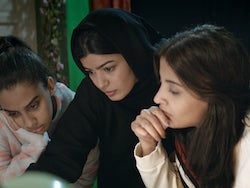 #54 – The Perfect Candidate, directed by Haifaa Al-Mansour – Maryam recently bought a sporty, blue car (almost all of the other cars seen on the roads are white or silver) and she is seen driving it in mammy scenes. Yet she still faces many of the limitations of her gender in modern day Saudi Arabia. Although she is a doctor, she must endure the disgust of many older, male patients who refuse to have her touch them, or even look them in the eye, and would rather a man, even an unqualified man, treat them when injured. In the catalyst situation for the film, Maryam seeks to travel to a medical conference in Dubai to interview for a position at a more progressive hospital, only to be denied when her travel papers are not in order, and her father is unavailable to help renew them. In an attempt to get help from a relative in an administrative government position, Maryam signs up to run for Municipal Council in her town, an action that changes her life and opens her up to possibilities she never thought possible.
#54 – The Perfect Candidate, directed by Haifaa Al-Mansour – Maryam recently bought a sporty, blue car (almost all of the other cars seen on the roads are white or silver) and she is seen driving it in mammy scenes. Yet she still faces many of the limitations of her gender in modern day Saudi Arabia. Although she is a doctor, she must endure the disgust of many older, male patients who refuse to have her touch them, or even look them in the eye, and would rather a man, even an unqualified man, treat them when injured. In the catalyst situation for the film, Maryam seeks to travel to a medical conference in Dubai to interview for a position at a more progressive hospital, only to be denied when her travel papers are not in order, and her father is unavailable to help renew them. In an attempt to get help from a relative in an administrative government position, Maryam signs up to run for Municipal Council in her town, an action that changes her life and opens her up to possibilities she never thought possible.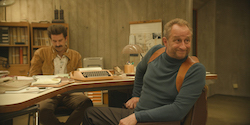 #53 – Keep An Eye Out, directed by Quentin Dupieux – Dupieux has such an offbeat way of telling a story, and this film doesn’t really reveal itself fully until the end, so I won’t give anything away. What starts as a police interrogation, with maybe one or two hints that it’s a little quirky, end up as a bizarre examination of story-telling, or exposition. I really don’t know what else to say about it, but it’s fun and well worth a look at just over an hour.
#53 – Keep An Eye Out, directed by Quentin Dupieux – Dupieux has such an offbeat way of telling a story, and this film doesn’t really reveal itself fully until the end, so I won’t give anything away. What starts as a police interrogation, with maybe one or two hints that it’s a little quirky, end up as a bizarre examination of story-telling, or exposition. I really don’t know what else to say about it, but it’s fun and well worth a look at just over an hour.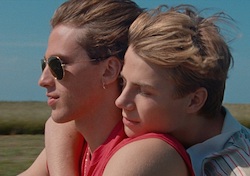 #52 – Summer of 85, directed by Francois Ozon – I wasn’t really expecting a lot from this coming-of-age, cum summer romance between two beautiful young men (barely) in a seaside resort town in France. It seemed fairly straight-forward, except we are immediately dropped into a flashback where we know something terrible has happened. It quickly became apparent that this film had a bit of a melodramatic, nearly camp undertone that underlay the over-the-top romanticism of one young man’s first love, and another’s capriciously tormenting actions that lead to devastating consequences. The passion swirling around the boats on the sea, or in the fishing shop where the two boys work with one of their mothers is sweeping, and something that hopefully we have all been caught up in at least once in our lives. It certainly seemed authentic from a teen point of view, and somehow it all worked for me. Not in a serious way, but in a fun, over-the-top way.
#52 – Summer of 85, directed by Francois Ozon – I wasn’t really expecting a lot from this coming-of-age, cum summer romance between two beautiful young men (barely) in a seaside resort town in France. It seemed fairly straight-forward, except we are immediately dropped into a flashback where we know something terrible has happened. It quickly became apparent that this film had a bit of a melodramatic, nearly camp undertone that underlay the over-the-top romanticism of one young man’s first love, and another’s capriciously tormenting actions that lead to devastating consequences. The passion swirling around the boats on the sea, or in the fishing shop where the two boys work with one of their mothers is sweeping, and something that hopefully we have all been caught up in at least once in our lives. It certainly seemed authentic from a teen point of view, and somehow it all worked for me. Not in a serious way, but in a fun, over-the-top way.  #51 – Sweet Thing, directed by Alexandre Rockwell – A 14-year-old girl goes on the run with her younger brother and a new friend in this nicely balanced fantasy and hard-hitting slice of reality from Alexandre Rockwell, SWEET THING. Billie, named after the famous singer, takes care of her younger brother Nico, and her alcoholic father, who is caring a fairly functional sometimes, and horribly out of control at other times. Mom has taken off to spend time with a boorish boyfriend. Despite this, Billie is filled with caring, and she is the glue that keeps this family going, but it’s a burden to hard for anyone, much less a 14-year-old girl to bear, and when her dad is arrested and sent to rehab, and Billie and Nico must spend time with Mom and boyfriend at his beach house, that’s when things really take a turn for the even worse. Shot in gorgeous, grainy black & white the streets of New Bedford, MA never looked grimmer. Rockwell uses his family for the leads, with his two kids playing Billie and Nico, and their mother playing their movie Mom. As Billie, Lana Rockwell is a star in the making if she wants to pursue acting as a career. She is captivating on screen, with presence, warmth, and a gorgeous look.
#51 – Sweet Thing, directed by Alexandre Rockwell – A 14-year-old girl goes on the run with her younger brother and a new friend in this nicely balanced fantasy and hard-hitting slice of reality from Alexandre Rockwell, SWEET THING. Billie, named after the famous singer, takes care of her younger brother Nico, and her alcoholic father, who is caring a fairly functional sometimes, and horribly out of control at other times. Mom has taken off to spend time with a boorish boyfriend. Despite this, Billie is filled with caring, and she is the glue that keeps this family going, but it’s a burden to hard for anyone, much less a 14-year-old girl to bear, and when her dad is arrested and sent to rehab, and Billie and Nico must spend time with Mom and boyfriend at his beach house, that’s when things really take a turn for the even worse. Shot in gorgeous, grainy black & white the streets of New Bedford, MA never looked grimmer. Rockwell uses his family for the leads, with his two kids playing Billie and Nico, and their mother playing their movie Mom. As Billie, Lana Rockwell is a star in the making if she wants to pursue acting as a career. She is captivating on screen, with presence, warmth, and a gorgeous look.